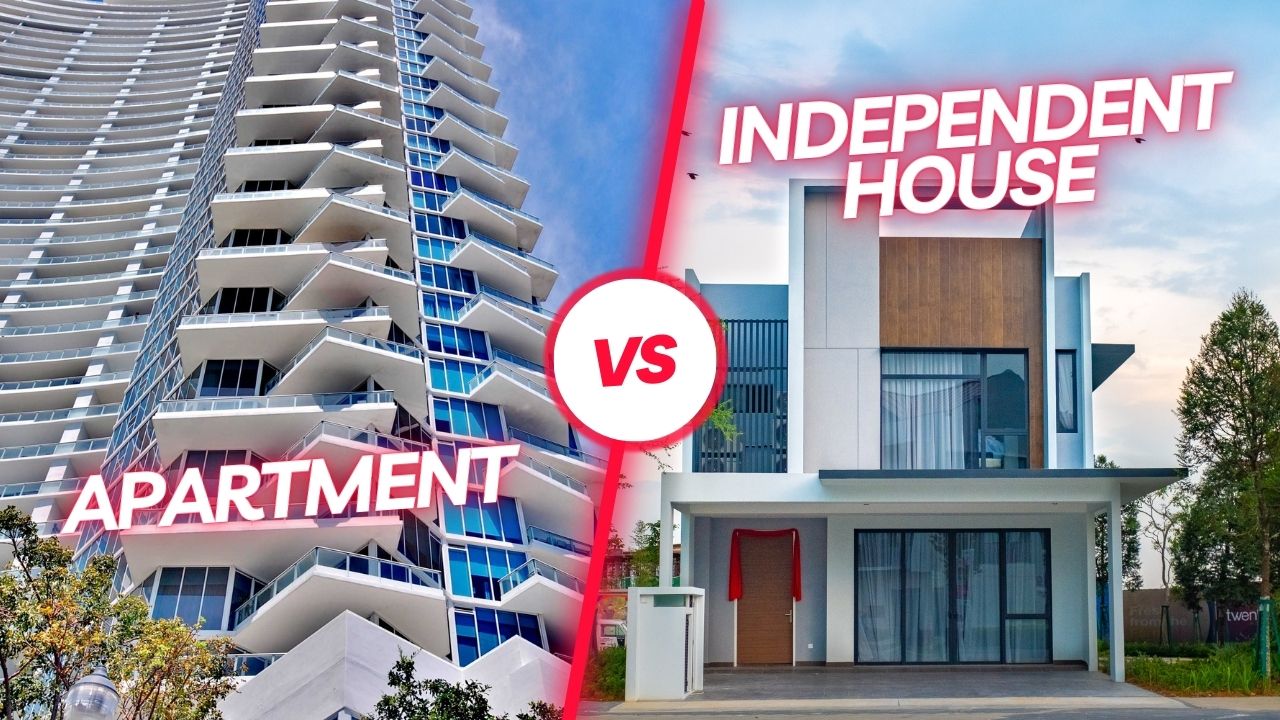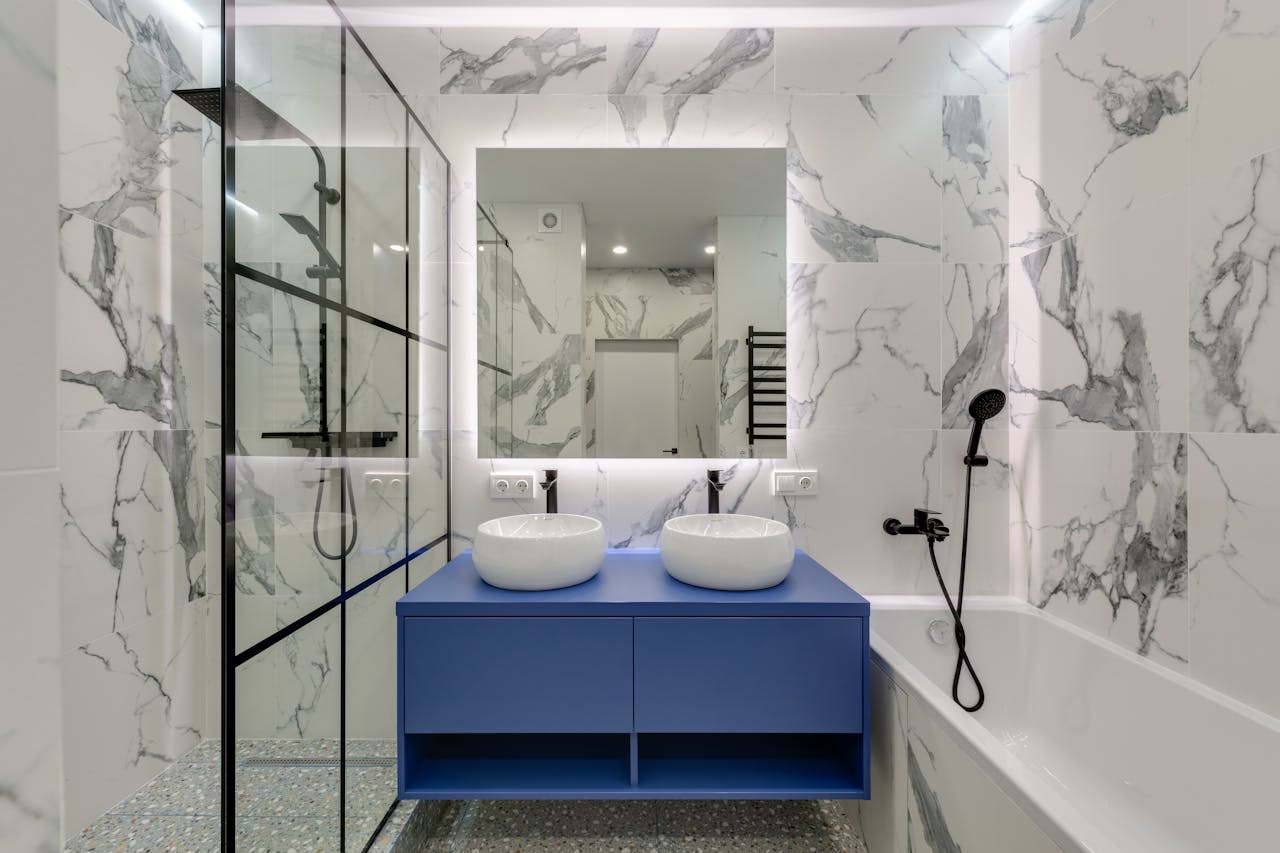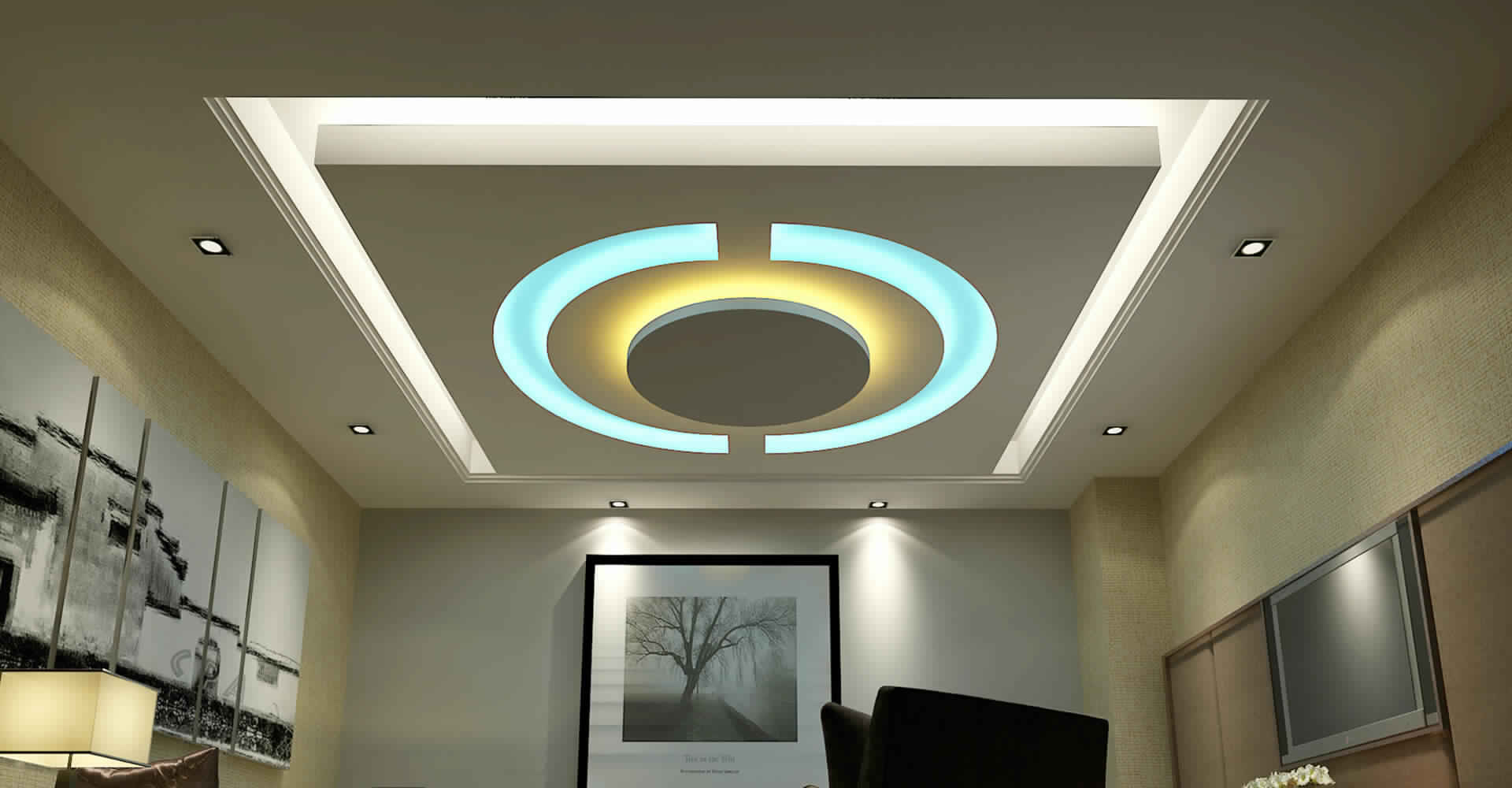Project fruition is all about keeping with the estimates and budgets as they are to do with the design. While project execution is an integral part of the project, there is a lot of work that comes before execution. In order to see a project well executed, both the client and the design team must do their homework well. There is a swarm of factors and steps that play an essential part in the completion of a project in addition to the construction cost. One should be rest assured that even a small error or change in the project can tip off the budget. Therefore, all the decisions and steps should be taken with utmost patience and awareness. This guide provides budget-friendly architectural project tips and strategies to help clients and architects achieve cost-efficient architectural project planning.
Requirements and Priorities
The first thing to consider if one wants to conform to the budget is to have a clear set of requirements and priorities right in the pre-design phase into the design phase. It is a vital step as it helps the architect to make informed design choices and, thereby, the budget. Once the client’s priorities are set, it becomes easier for the architect to handle the design and the contractors to manage the construction well within the budget. Finalizing the requirements and priorities also helps avoid surprises from the client or the designer. Pro tips for architects on budget management emphasize aligning client expectations with realistic priorities.
Consider a Realistic Budget!
The budget for a client is about the spending capacity of his or her pocket. The project cost often exceeds the allocated budget, leading to strained relations between the client and the designer. Therefore, the client should be upfront about his or her budget right from the first day. While calculating the budget, one should consider all the costs incurred in the process. The various costs to consider are –
- Architectural consultancy fees (including design fees, site visits, etc.)
- Speciality consultant's fees (landscape, structural, MEP, HVAC, security, IT, etc.)
- Construction cost (including material cost, contractor and labour cost, tools, debris removal, logistics, etc.)
- Additional costs (permits, licenses, site survey, etc.)
- Contingency costs
For cost-efficient architectural project planning, these detailed estimations are non-negotiable.
Image credit- pxhere
Efficient Estimation
The project estimate has to be calculated with utmost care to keep to the budget of the client. The designers can take cues from similar past projects to draft estimates and analyse possible contingencies. The architects should consider in detail their consultation fees (inclusive of the design, drawings, views, site visits, etc.), any contingency costs that could be incurred (around 10% of the project cost can be set aside as a contingency fund) and adequate cost estimates of material and labour. Budget-friendly architectural project guides begin with precise and efficient estimation.
Make sure – Effective Project Accounting
The architects and contractors must keep tabs on the timelines and expenses of the project. This can help take pertinent steps at the right time and achieve the goal of completing a project within the defined budget. There are several accounting software and tools available that help in tracking the timeline and expenses of the project. For budget-conscious architectural design strategies, tracking progress regularly is key. Irrespective of the scale of the project the design firm should take proper steps towards practical project accounting.
Image credit- pexel
Forestall Iterations, change in scope, …
However careful the design team may be, there might be certain changes in the scope of the project or iterations requested by the clients. It is a good idea to forestall the possibility of iterations and changes in scope in order to keep to the timelines and the budget of a project. The client and, more so, the project team have to be prepared for the costs incurred due to uncertainties or changes in the scope. Architectural project cost-saving tips include minimizing iterations.
Ensure Efficient Work Team
A project is delivered with the help of a team of contractors, skilled and unskilled labour, consultants and craftspeople. The design firm must collaborate with a highly efficient team to ensure that the project is completed well within the budget. To reduce the scope of error and, thereby, undue surprises, it is highly suggested that the clients hire architects to overlook the project construction, too. This enables quicker decisions, leading the project to completion on time and within budget.
Image credit- pxhere
While there are design solutions for every budget, completing the project within the set budget is imperative. This article talks about architectural project planning and budgeting tips that the designer or the design team and clients should bear in mind while planning a dream project. However careful one might be, there still could be instances where the project goes a little over the budget. The important aspect in such cases should be that the amount that exceeds the budget should not overburden the client. Otherwise, it leads to sour relations between the designer and the client, which might affect the designer's reputation, the contractor or the people associated with the project. I hope these budget-friendly architectural project guides help you bring your project to fruition within budget.
Happy building!
If you have any suggestions or experiences, please feel free to post them in the comments below.
Discover more with our curated picks Transform Homes with These 10 Unique Building Materials
and, Top 8 Home Elevation Materials Every Architect Must Know



















